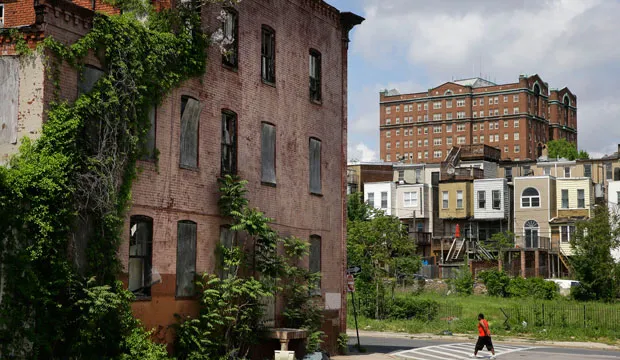Living in a Low-Income Housing Environment: Challenges and Resources
Living in a low-income housing environment comes with its own set of challenges and opportunities. This article explores the realities of such communities, offering insights and resources to help residents navigate and thrive.
Understanding Low-Income Housing
Low-income housing refers to government-assisted programs or subsidized housing options for individuals and families who meet specific income eligibility requirements. These programs aim to provide safe and affordable housing for those who might otherwise struggle to find it in the private market. Common types of low-income housing include:
- Public Housing: Owned and managed by local housing authorities, these apartments offer deep rent subsidies based on income.
- Section 8 Housing Choice Voucher Program: Provides rental assistance vouchers for individuals and families to find apartments in the private market that meet program standards.
- Low-Income Housing Tax Credit (LIHTC): Provides tax incentives for developers to build affordable housing units.
Challenges Faced in Low-Income Housing
While offering a vital safety net, low-income housing can present challenges. These include:
- Limited Resources: Residents often face financial constraints, limiting access to healthy food, quality education, transportation, and healthcare.
- Safety Concerns: Crime rates may be higher in some low-income housing areas, creating a sense of insecurity for residents.
- Maintenance Issues: Buildings may suffer from deferred maintenance, leading to problems like plumbing leaks, faulty heating/cooling, and pest infestations.
- Social Isolation: A sense of community may be lacking, and residents might feel disconnected from support networks.
- Limited Educational and Job Opportunities: Lack of access to resources or transportation can hinder residents’ ability to pursue education and employment opportunities.
Building a Strong Community
Despite these challenges, low-income housing communities are also places of resilience and hope. Here are some ways to build a stronger environment:
- Resident Engagement: Actively participate in resident councils, voice concerns, and work with housing management to improve conditions.
- Building Connections: Organize community events, create support groups, and foster a sense of belonging.
- Leveraging Resources: Seek out programs and services offered by local organizations that can address specific needs, such as after-school programs, job training, or financial literacy workshops.
- Advocating for Change: Work with community leaders and elected officials to address issues like crime, education, and job opportunities within the area.
Navigating Life in Low-Income Housing: Tips and Resources
- Financial Management: Create a budget, explore government assistance programs, and seek out financial literacy resources to help manage finances effectively.
- Education and Job Training: Look for scholarship programs, job training opportunities, and resources within your community that can help you advance your education or career prospects.
- Health and Wellness: Take advantage of free or low-cost health screenings and clinics. Implement healthy habits like cooking nutritious meals and staying active.
- Safety Measures: Be aware of your surroundings, report suspicious activity to management, and consider joining neighborhood watch programs.
- Support Systems: Reach out to community centers, faith-based organizations, and mental health services that can offer support and guidance.
FAQ: Frequently Asked Questions
- How do I qualify for low-income housing?
Eligibility requirements vary by program and location. Check with your local housing authority or visit the Department of Housing and Urban Development (HUD) website (https://www.hud.gov/) for details.
- What resources are available in my low-income housing community?
Contact your housing management office or local community center to learn about programs and services offered in your area.
- How can I improve my neighborhood?
Become involved! Join resident councils, participate in community events, and advocate for change with local authorities.
- What can I do to feel safe in my community?
Report suspicious activity to management, join a neighborhood watch program, and get to know your neighbors.
- Where can I find financial help?
Connect with local non-profit organizations that offer financial literacy workshops, or government assistance programs like food stamps or Temporary Assistance for Needy Families (TANF).
Conclusion
Living in a low-income housing environment comes with both challenges and opportunities. By building strong communities, accessing available resources, and advocating for change, residents can overcome obstacles and thrive. Remember, you are not alone. Many organizations and programs exist to support and empower individuals and families in low-income housing.
This article serves as a starting point. By exploring the resources available and actively engaging with your community, you can turn challenges into stepping stones towards a brighter future.






More Stories
Where to Watch USMNT vs Jamaica National Football Team
How I Met My Monster
How Should a Ring Fit